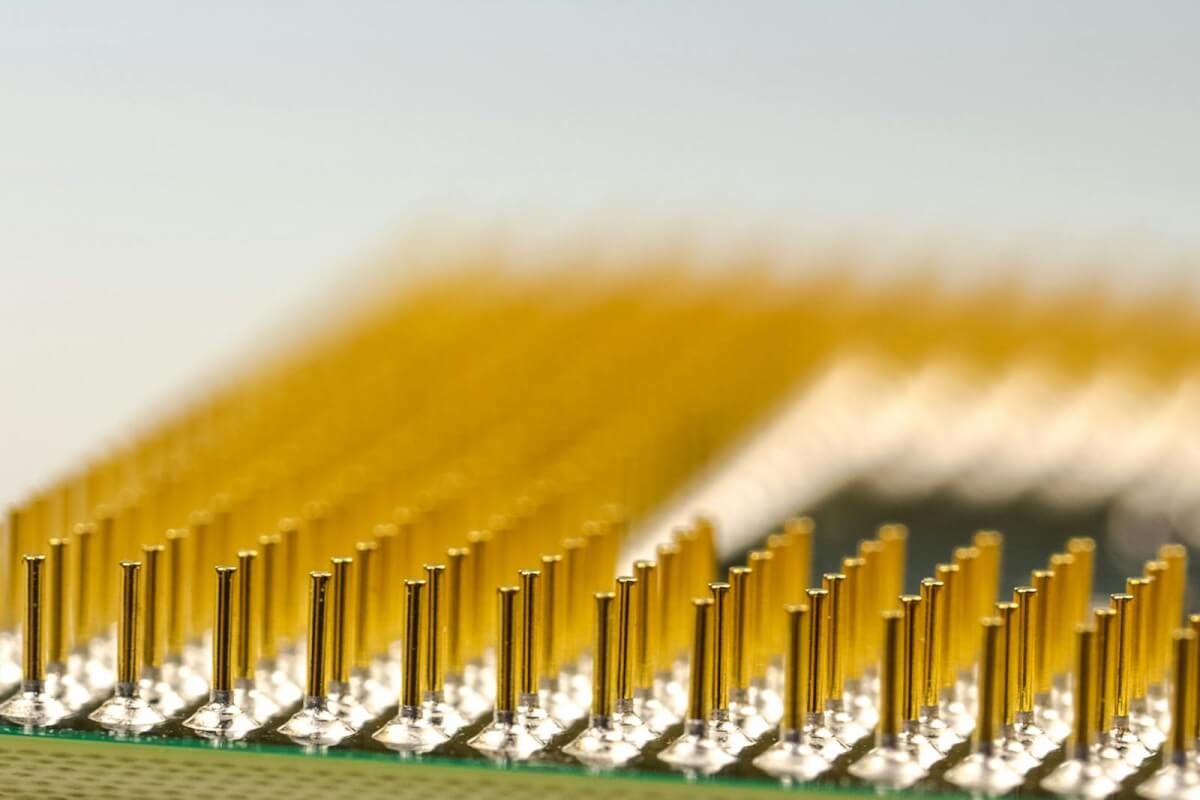SEOUL, South Korea — In the glittering world of precious metals, gold reigns supreme. Its unparalleled properties have made it an indispensable component in a wide array of electronic devices. However, as these devices reach the end of their lives, a new challenge emerges: how to efficiently and sustainably recover the gold hidden within the growing mountains of electronic waste (e-waste). Fortunately, a team of researchers from the Korea Institute of Science and Technology has developed a groundbreaking material that could revolutionize the way we extract gold from e-waste.
Enter the amine-laden polymeric fiber (ALPF) adsorbent, a marvel of material science that holds the key to unlocking the treasure trove of gold buried in our discarded electronics. This innovative fibrous material, described in the Chemical Engineering Journal, possesses an extraordinary ability to selectively extract high-purity gold from the complex mixture of metals found in e-waste.
The problem of e-waste is one of staggering proportions. As technology advances at a breakneck pace, millions of electronic devices are discarded every year, creating a global e-waste crisis. Buried within these discarded devices are significant amounts of gold, often in concentrations higher than those found in natural ores. However, extracting this gold has been a daunting challenge due to the complexity of the e-waste composition and the need for environmentally friendly recovery methods.
This is where ALPF shines. The secret to its success lies in its cleverly designed structure. The researchers started with a backbone of polyacrylonitrile fiber (PANF), a sturdy polymer that provides a stable foundation. They then chemically modified the surface of these fibers by attaching a variety of nitrogen-rich compounds called alkylamines. These alkylamines act as selective “gold-grabbing hands,” ready to pluck gold ions from the e-waste soup.
The magic of ALPF lies in its ability to not only attract gold ions but also to transform them into solid gold crystals. This process, known as adsorption-reduction, is like a miniature alchemy lab within the fibers. The alkylamines first selectively bind to the gold ions, separating them from the other metals present in the e-waste. Then, through a chemical reduction process, the captured gold ions are transformed into pure, solid gold crystals. It’s a one-stop-shop for gold extraction, yielding high-purity gold ready for reuse.
The efficiency and selectivity of ALPF in extracting gold from e-waste are truly remarkable. In laboratory tests, the material demonstrated a gold recovery efficiency of nearly 100 percent from simulated e-waste solutions. Even in the presence of 14 other interfering metals commonly found in e-waste, ALPF maintained a gold recovery efficiency above 99.9 percent. It’s like a gold-seeking missile, homing in on its target with unparalleled precision.

The implications of this breakthrough are far-reaching. By enabling the efficient and selective extraction of high-purity gold from e-waste, ALPF could transform the landscape of urban mining. Urban mining, the process of recovering valuable materials from discarded products, is becoming increasingly important as we strive to create a more sustainable future. With ALPF, the gold hidden in our e-waste could be efficiently recovered, reducing the need for environmentally destructive primary mining operations.
Moreover, the fibrous nature of ALPF makes it well-suited for large-scale, continuous gold recovery processes. The material can be easily adapted into various forms, such as felts or fabrics, allowing for flexible deployment in e-waste recycling facilities. When used in column systems, ALPF minimizes pressure drop, resulting in energy-efficient gold extraction processes.
The development of ALPF represents a significant step forward in the quest for sustainable and effective e-waste recycling. By selectively extracting high-purity gold from the complex matrix of e-waste, this innovative material offers a promising solution to the global e-waste problem. It not only helps conserve our limited natural resources but also reduces the environmental impact associated with traditional gold mining.
So, the next time you upgrade your smartphone or replace your old laptop, take a moment to consider the golden opportunity that lies within. With materials like ALPF leading the charge, we may soon see a world where the gold in our e-waste is not just a hidden treasure but a valuable resource ready to be recovered, purified, and given new life. The future of gold recovery is looking brighter than ever, and it all starts with a fibrous material that has the Midas touch for e-waste.

